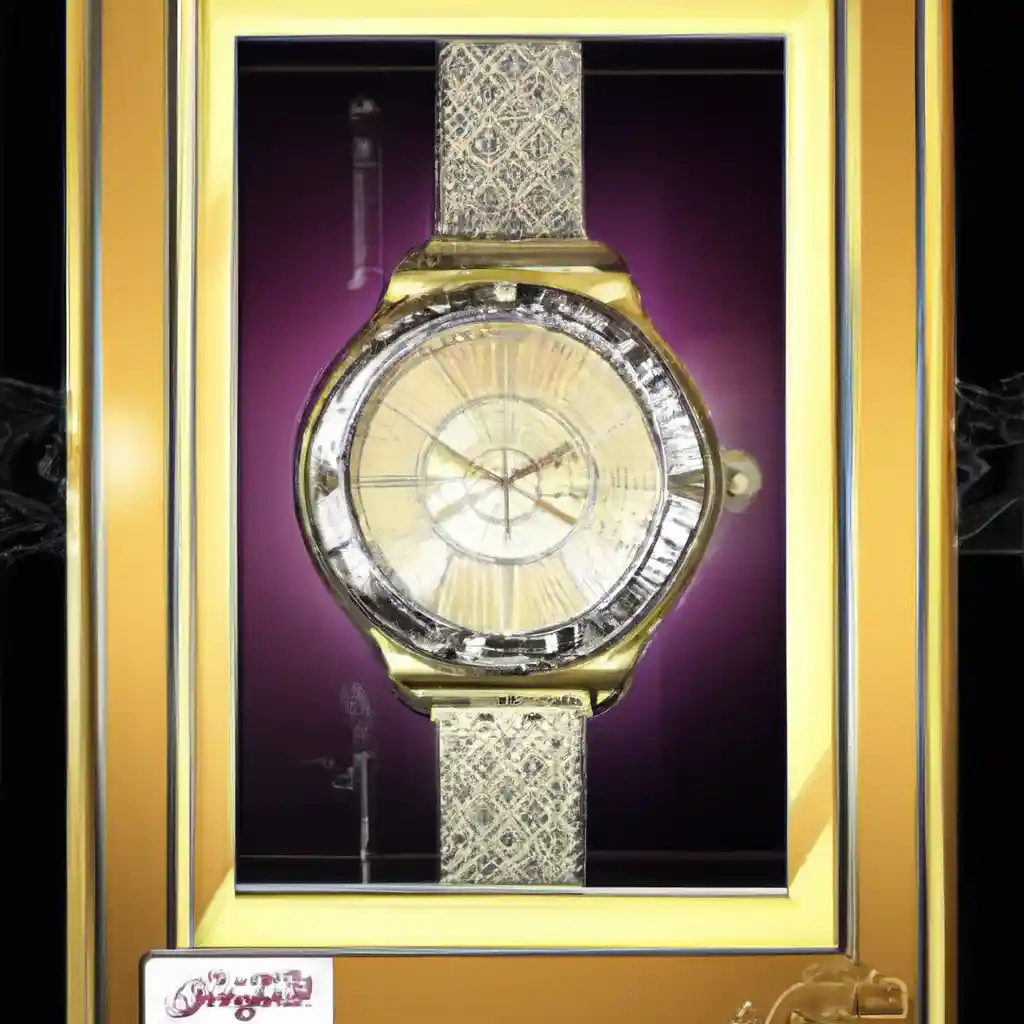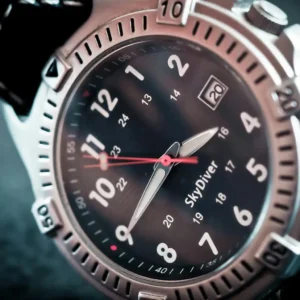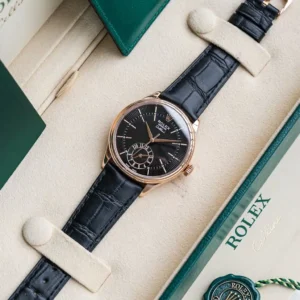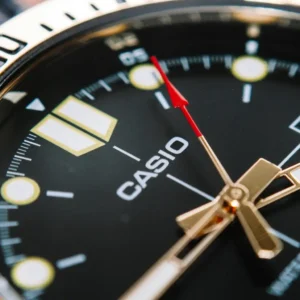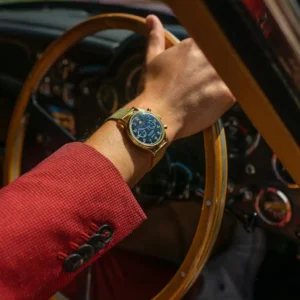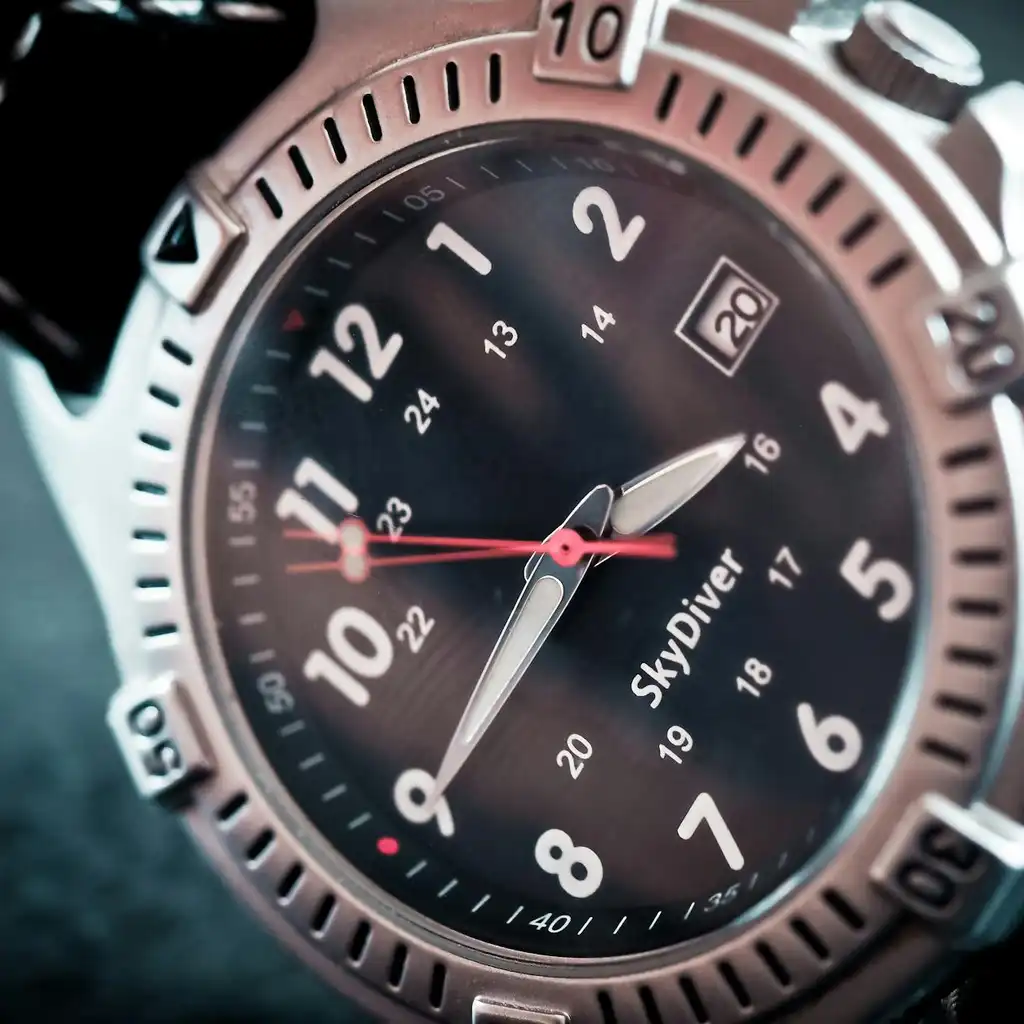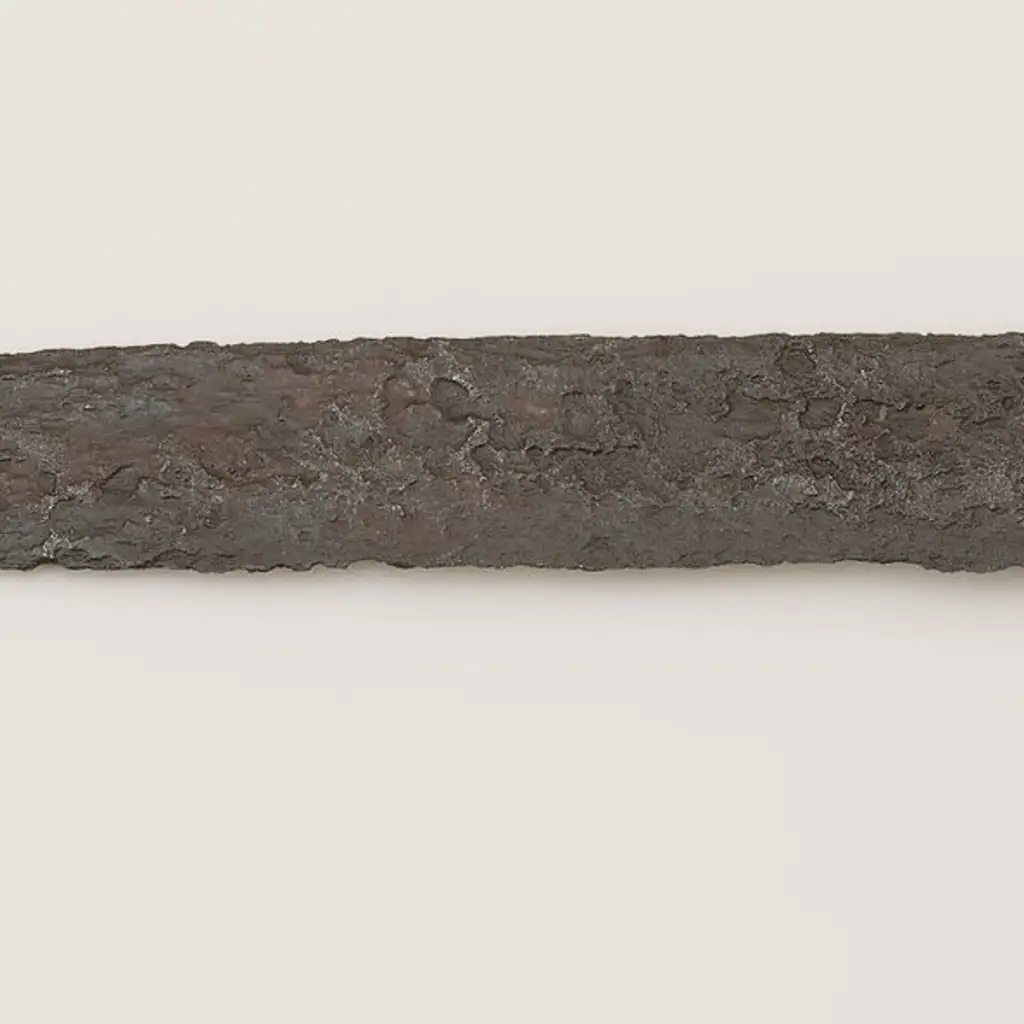The journey of the wristwatch, from its practical origins to a symbol of status and luxury, mirrors the evolution of its market value. Watches like the Patek Philippe Reference 1527 Perpetual Calendar have commanded prices upwards of US$5.7m (£3.4m), illustrating the significant appreciation potential of these assets. Despite the higher resale values traditionally associated with pocket watches, wristwatches have increasingly become the focus of collectors, driven in part by their historical significance, craftsmanship, and rarity.
The investment appeal of watches is further bolstered by the limited production runs of high-end manufacturers like Patek Philippe, which has dominated auction records. The brand’s strategy of producing scarce quantities has ensured that its timepieces remain highly sought after in the resale market, thereby maintaining their value over time. This scarcity, combined with the enduring quality and serviceability of luxury watches, positions them as attractive investment opportunities, especially in an era of financial uncertainty where tangible assets are increasingly valued. Similarly, models like the Rolex John Player Special have captured the attention of collectors and investors alike due to their rarity and iconic design. The Rolex John Player Special not only exemplifies exceptional craftsmanship but also serves as a prime example of how limited-edition timepieces can become highly lucrative assets in the secondary market.
However, the watch market is not without its nuances. The potential for investment returns varies widely, and the market’s unpredictability means that not every high-end watch will appreciate in value. Experts from the industry, such as Matthew Finnie of Finnies the Jeweller and Stuart McDowell of Hamilton & Inches, emphasize the importance of careful selection and a long-term investment perspective. They note that while some watches may see short-term increases in value, the majority of high-end timepieces should be viewed as long-term investments that may also serve as heirloom pieces.
The concept of exclusivity plays a significant role in the investment potential of watches. Limited edition models and watches with historical significance, such as those worn by celebrities or associated with historical events, often attract considerable interest from collectors. Brands like Rolex and Omega have seen their watches achieve remarkable auction prices, highlighting the importance of rarity and provenance in determining value.
Despite the opportunities for significant returns, the market for investing in watches requires a discerning eye and an understanding of the factors that drive value. Collectors and investors must navigate the balance between the intrinsic enjoyment of owning a fine timepiece and the potential for financial gain. As the market continues to evolve, the allure of watches as an investment class is likely to persist, driven by their enduring appeal and the finite nature of the most coveted models.
